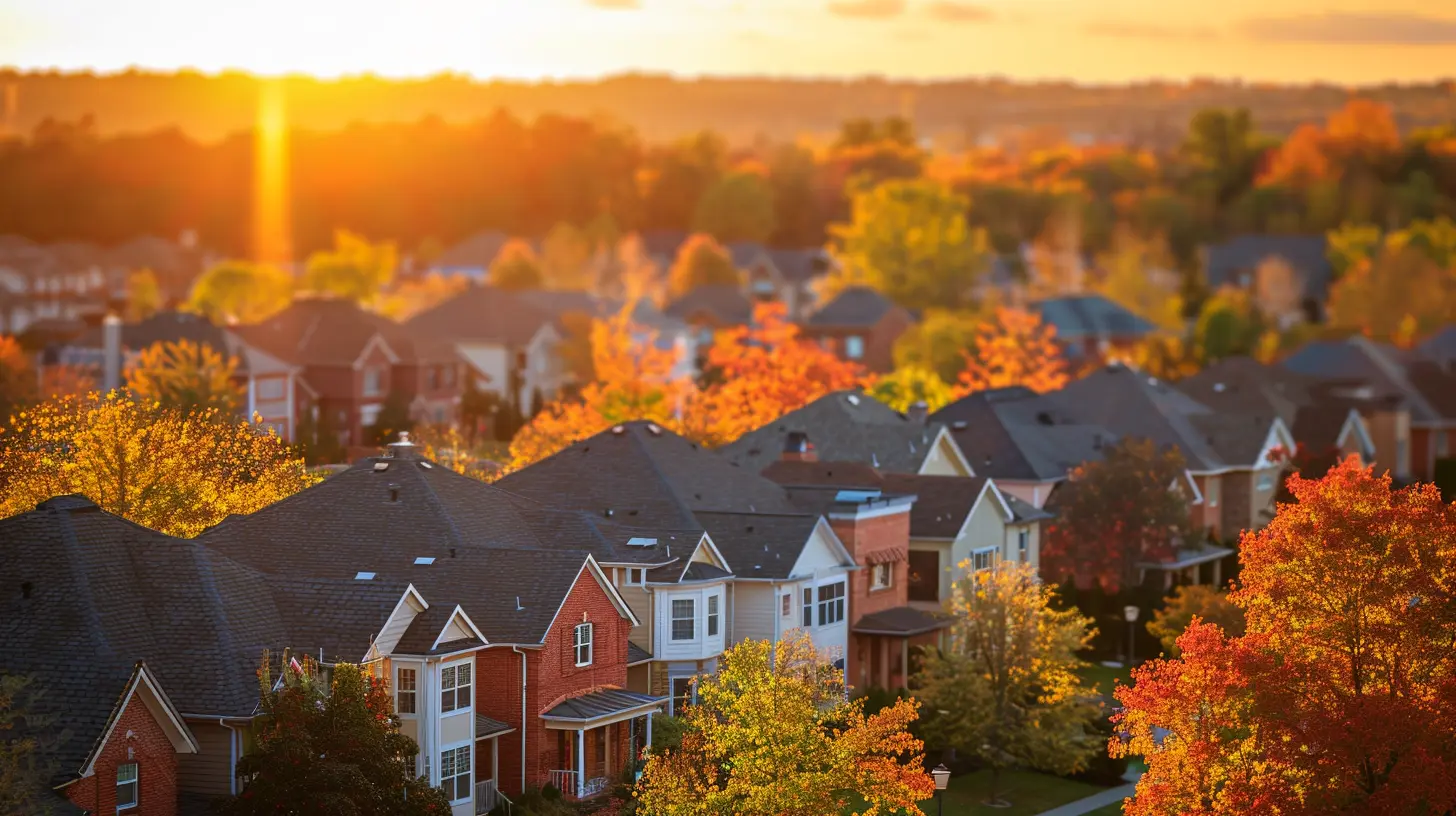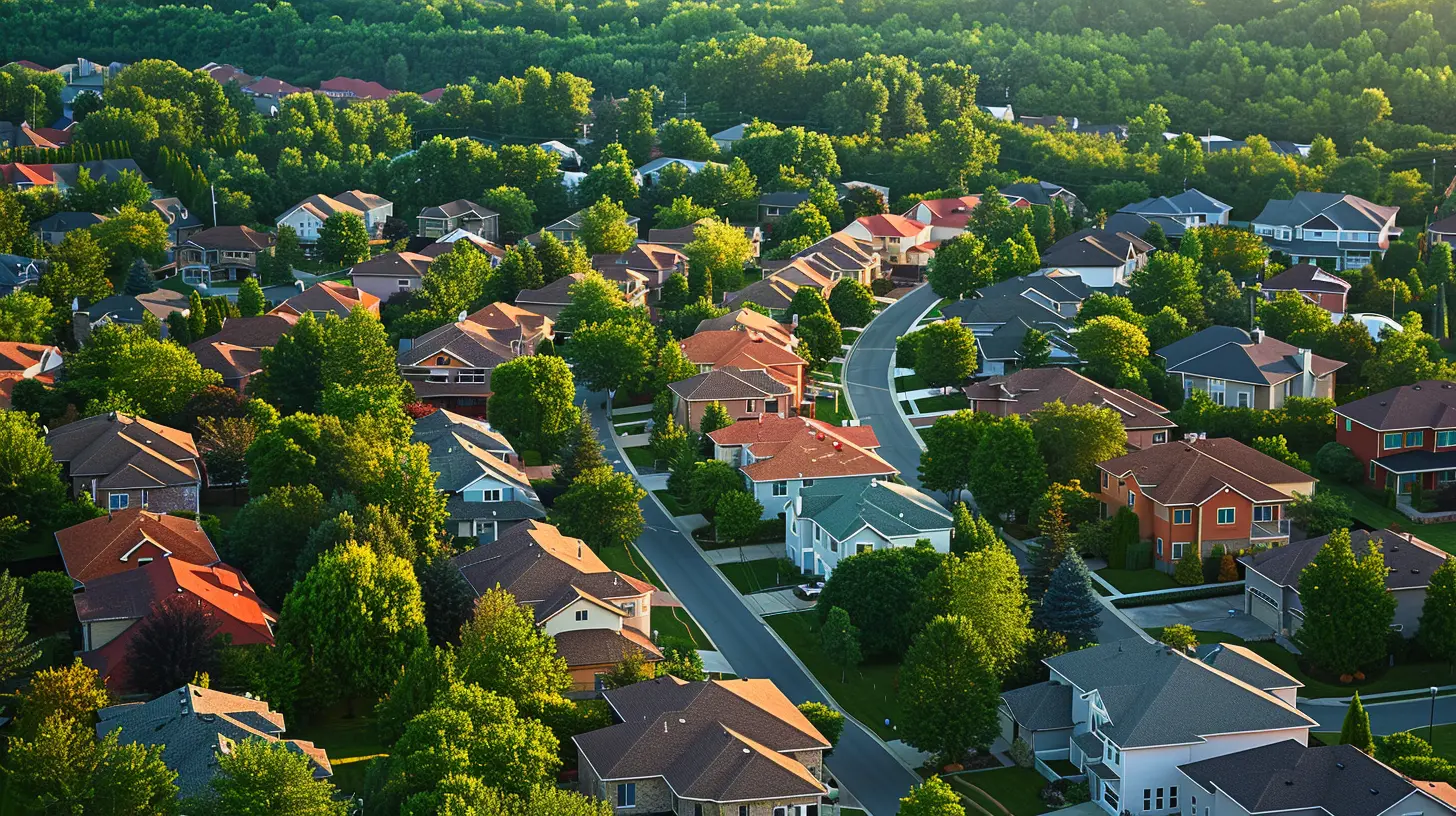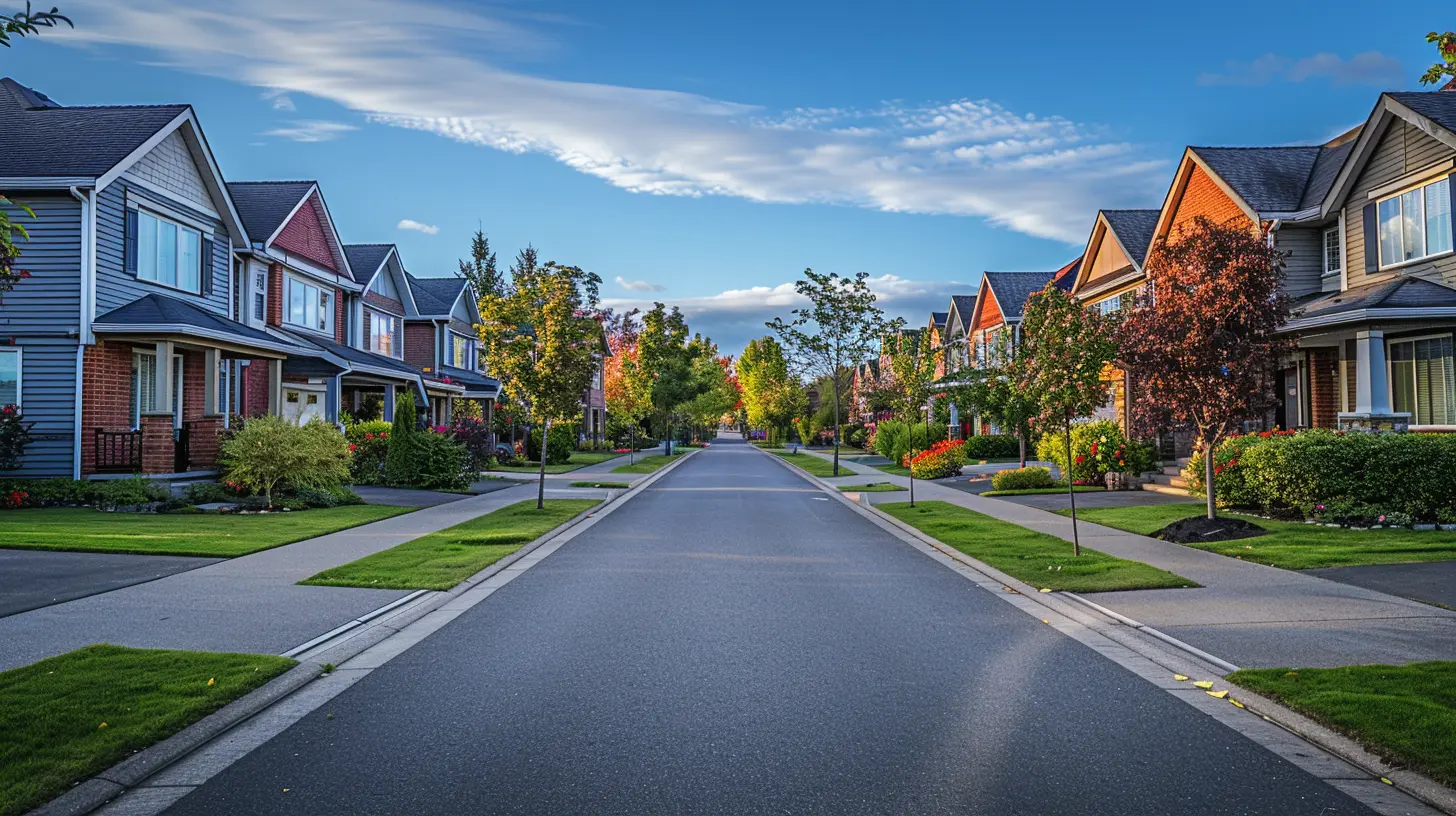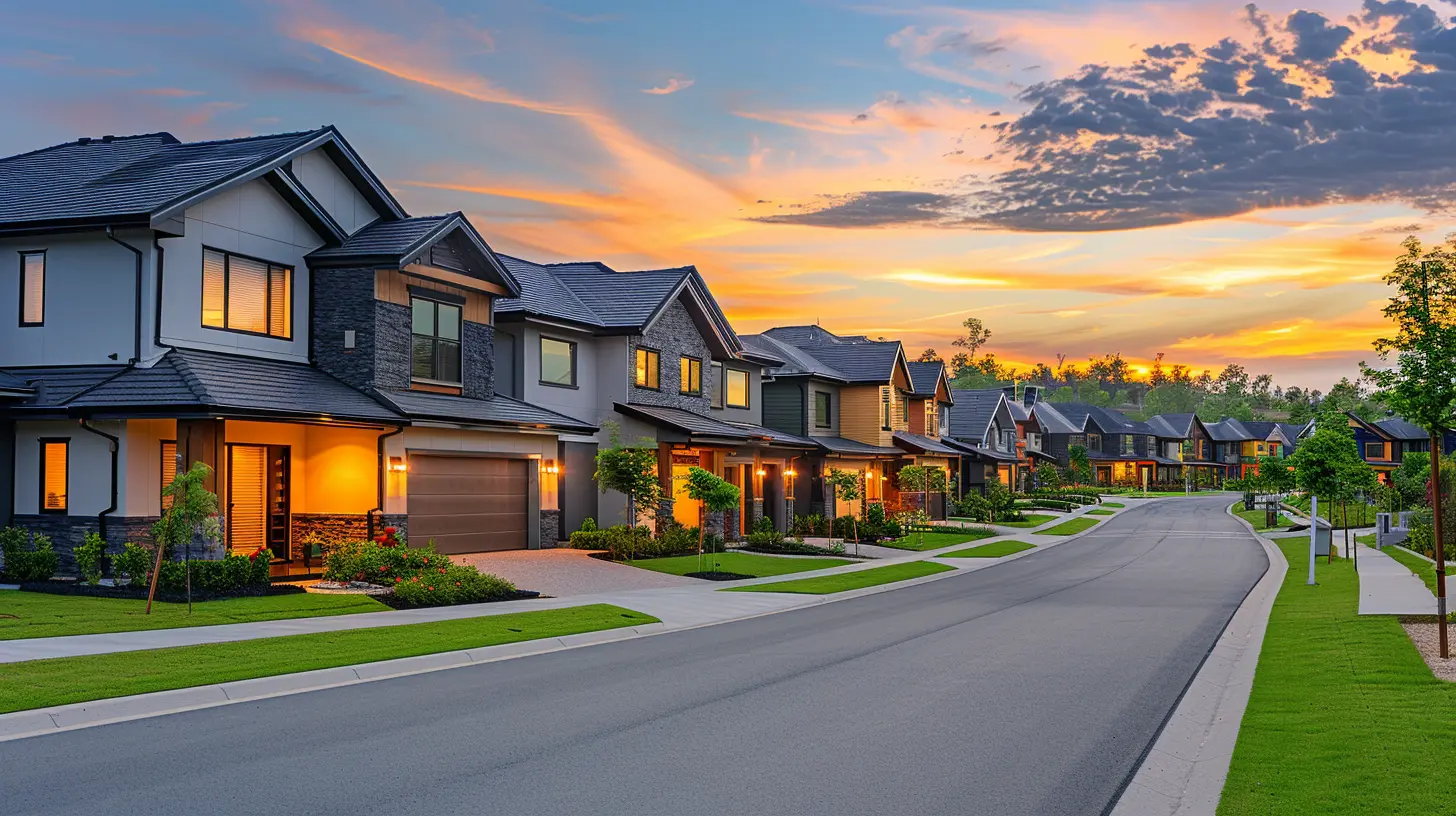Urban vs. Suburban: A Battle for Real Estate Dominance
4 July 2025
When it comes to buying a home, one of the biggest decisions you'll face is choosing between an urban or suburban lifestyle. It’s a classic debate—some love the hustle and bustle of city life, while others crave the space and tranquility of the suburbs. But which one truly reigns supreme in the real estate world?
Whether you're a first-time homebuyer, an investor, or simply looking to make a change, this comparison will give you the insights you need to make an informed decision. Let’s break down the pros and cons of each to see which side comes out on top. 
📌 The Urban Real Estate Market
Urban living offers a fast-paced, high-energy environment. Think skyscrapers, public transportation, nightlife, and endless entertainment options. But is it the right choice for you?✅ The Perks of City Living
1. Proximity to Work & AmenitiesOne of the biggest selling points of urban living is convenience. Major cities have job opportunities in abundance, often allowing residents to live within walking distance of their workplace. Restaurants, gyms, coffee shops, and cultural attractions are usually just a short stroll away.
2. Public Transportation & Walkability
Owning a car in the city? Forget about it. Urban areas often have extensive public transit systems, whether it’s buses, subways, or trains, making commuting a breeze. Plus, neighborhoods are designed to be pedestrian-friendly, meaning you can get around easily without the hassle of parking.
3. Entertainment & Culture
If you thrive on social events, concerts, art galleries, and nightlife, the city is where you want to be. There’s always something happening, and you're never short of entertainment options.
4. Strong Investment Potential
Real estate in urban areas tends to appreciate faster due to high demand. Even smaller apartments hold their value well, making city properties great for long-term investments.
❌ The Downsides of City Living
1. Expensive Housing & Cost of LivingThe price tag for urban real estate is no joke. Rent is high, purchasing a home requires a significant budget, and everyday expenses—from groceries to dining out—tend to cost more.
2. Smaller Living Spaces
Forget about that dream of a big backyard. Cities prioritize vertical living, meaning apartments are smaller, and finding extra storage can be a real challenge.
3. Traffic & Noise
Living in a city means dealing with constant noise, whether it’s honking cars, sirens, or the general hum of the nightlife. Plus, traffic congestion can be a daily headache. 
🌳 The Suburban Real Estate Market
For many, suburban life offers the best of both worlds—accessible city perks with the added bonus of peace and space. But is it the right move for you?✅ Why People Love the Suburbs
1. More Space for Your MoneyIf you crave a bigger home, the suburbs are where you’ll find it. Larger houses, private yards, and extra storage space are common. You get much more bang for your buck compared to city living.
2. Better Quality of Life
Suburban areas generally have less noise, lower crime rates, and a stronger sense of community. Many neighborhoods are family-friendly, with parks, schools, and recreational spaces readily available.
3. Lower Cost of Living
Housing prices and rent tend to be cheaper in suburban areas, and day-to-day expenses like groceries and gas are often more affordable.
4. Good Schools & Family-Friendly Environment
If you have kids (or plan to), it’s hard to beat the quality school districts and spacious homes available in the suburbs. Many communities are designed with families in mind, offering great educational opportunities and kid-friendly amenities.
❌ Why Some Avoid the Suburbs
1. Longer CommutesWorking in the city but living in the suburbs means longer travel times. While some people don’t mind commuting, traffic congestion and public transit limitations can become exhausting over time.
2. Less Exciting Social Scene
While suburban areas still offer entertainment, they don’t compare to the vibrant nightlife and cultural diversity of a big city. If you love going out every weekend, suburban life might feel dull.
3. Car Dependency
Unlike cities, where you can walk or use public transit, suburban living often requires owning a car. Running errands, taking kids to school, or commuting to work all involve driving. 
💰 Real Estate Investment: Urban vs. Suburban
Now, what about people looking to invest? Which area offers the best returns?Urban Investments: Fast Appreciation & High Rental Demand
City properties generally come with a higher price tag but also appreciate faster due to demand. Rental income can be lucrative, especially in high-traffic areas where young professionals and students are looking for housing.Suburban Investments: Stability & Long-Term Potential
Suburban homes are more affordable, and while they may not appreciate as quickly, they offer stable growth. Families looking for long-term residences drive steady demand, keeping prices and rental values strong.If you're an investor looking for quick returns, urban properties might be the way to go. But if you prefer long-term stability, suburban real estate offers solid, reliable growth. 
🏆 Which One Wins?
Truthfully, there’s no universal winner—it all depends on lifestyle preferences and priorities.- Want energy, career opportunities, and walkability? Go urban.
- Prefer space, family-friendliness, and affordability? Head to the suburbs.
At the end of the day, both urban and suburban real estate have their unique advantages and disadvantages. Choosing the right one boils down to what fits your personal and financial goals.
So, which side are you on? The skyscrapers and city lights—or the quiet, tree-lined streets of suburbia?
all images in this post were generated using AI tools
Category:
Housing MarketAuthor:

Elsa McLaurin
Discussion
rate this article
2 comments
Sage Lambert
Urban or suburban, it’s a classic showdown! Whether you crave the city buzz or the peaceful suburb charm, remember: both have their perks. Just don’t forget to pack your coffee for those morning commutes—or your lawn chair for the backyard BBQs!
November 14, 2025 at 12:57 PM

Elsa McLaurin
Absolutely! Both urban and suburban living offer unique advantages, catering to different lifestyles. It’s all about finding what suits you best!
Lyla Brooks
Both urban and suburban areas have unique advantages; understanding buyer preferences can guide successful real estate strategies in today's market.
July 18, 2025 at 11:22 AM

Elsa McLaurin
Absolutely, recognizing buyer preferences in both urban and suburban settings is key to navigating the current real estate landscape effectively.


